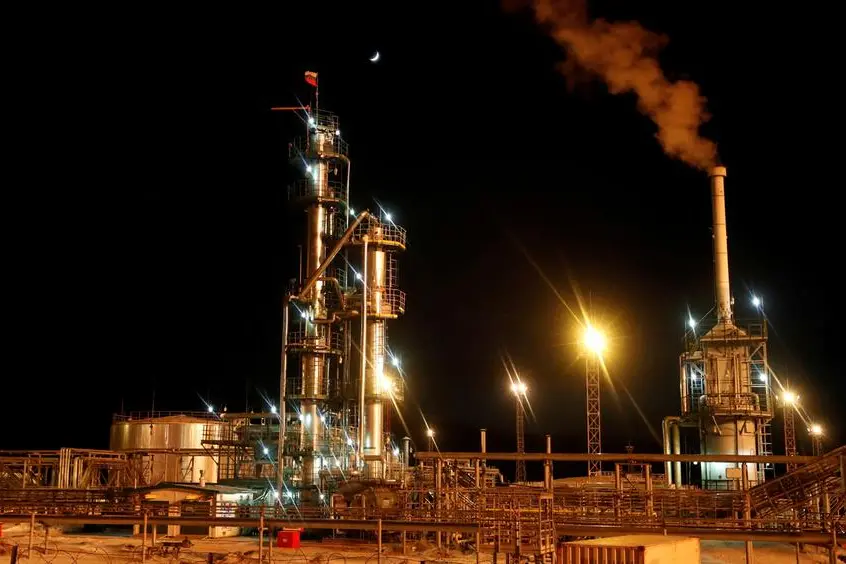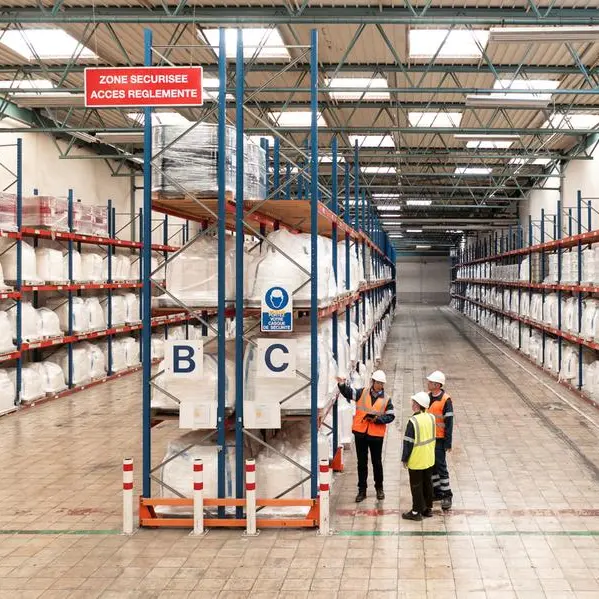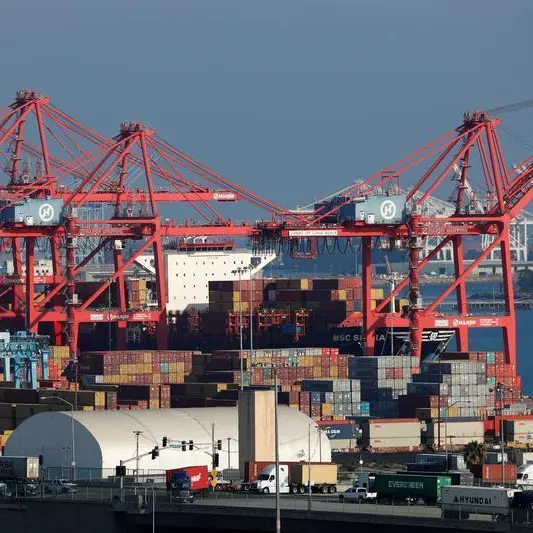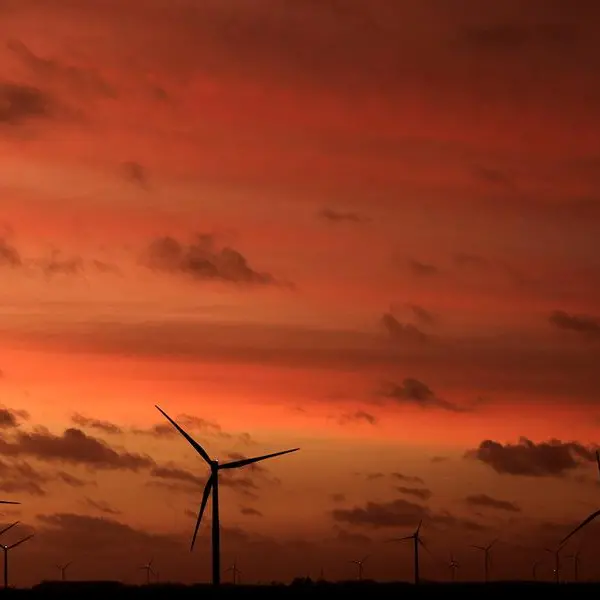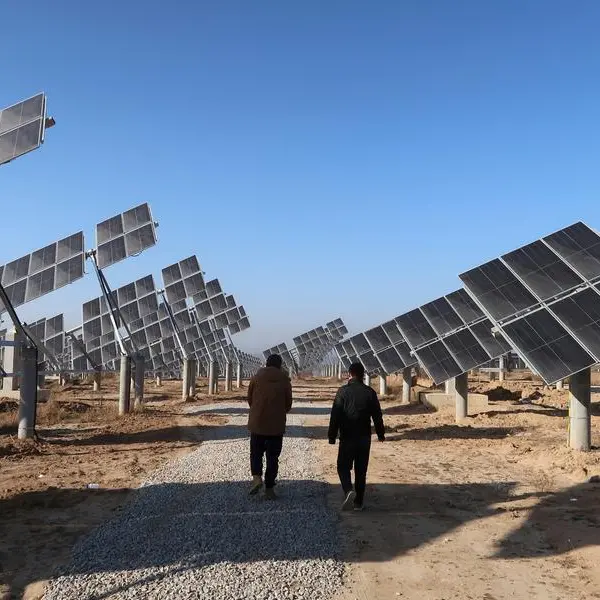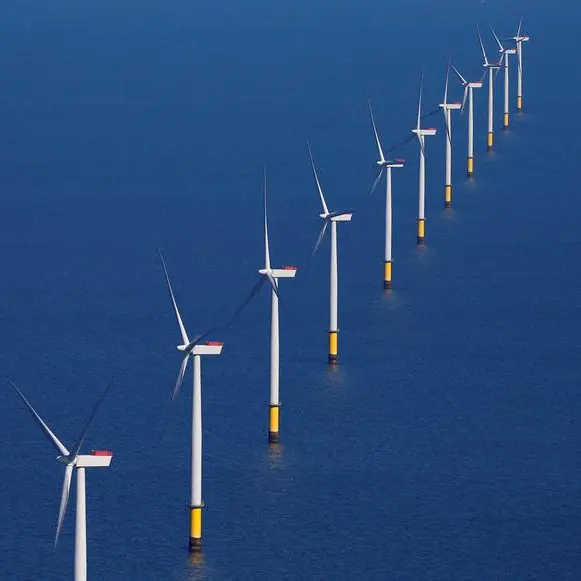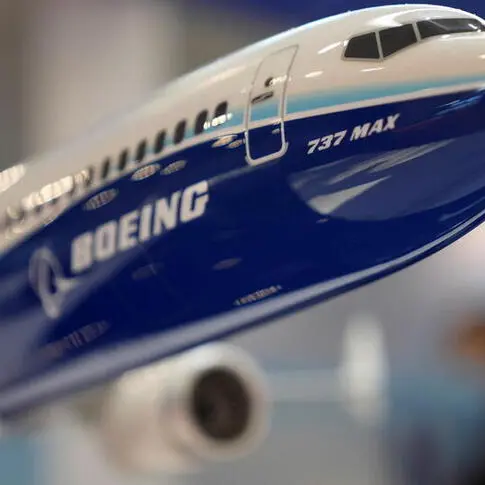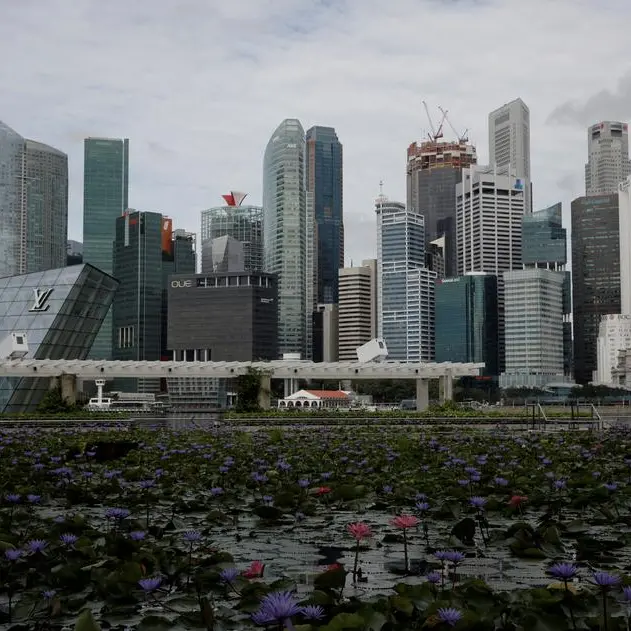PHOTO
Western European governments have sought to reduce their energy dependence on Russia since the outbreak of the Ukraine war, but when it comes to gas, they have increasingly substituted the country's pipeline supplies with its liquefied natural gas (LNG).
A Reuters analysis of data found more than a tenth of the Russian gas formerly shipped by pipeline to the European Union has been replaced by LNG delivered into EU ports.
The rise is partly the result of discounts, industry and trading sources say.
Private Russian producer Novatek last year sold cut-rate cargoes into the EU rejected by buyers in other parts of the world, while state-owned Gazprom increased exports from its new Portovaya LNG project, offseting its falling pipeline deliveries westward.
Home to the EU's largest fleet of import terminals, Spain, which did not previously import piped Russian gas, has become the top re-exporter of seaborne Russian supply.
EU statistics and Reuters calculations show the rise in LNG has pushed the share of Russian gas in EU supply back up to around 15% after pipeline imports from Gazprom had plunged since the war to 8.7% from 37% of EU gas supply.
Russia sent more than 15.6 million metric tons (mt) of Russian LNG to EU ports last year, according to data analytics firm Kpler, a slight increase from 2022 and a 37.7% jump compared to 2021.
The rise does not breach EU law.
Western European governments imposed sanctions on oil following the outbreak of the Ukraine war in February 2022, but they have not done the same for natural gas.
Instead the European Commission has called for a voluntary phaseout of all Russian fuel imports by 2027.
The switch from pipeline to LNG imports has, however, a significant environmental cost, as energy is required to gasify, ship and re-liquefy the fuel - a trend at odds with the EU goal of reaching net zero greenhouse gas emissions by 2050.
ULTIMATE ORIGIN BECOMES INVISIBLE
Delivery records only show cargoes' previous destinations, rather than the ultimate origin.
That means LNG landing in Belgium, France Spain and the Netherlands sheds its Russian label - which can deter buyers - before being piped inland or reloaded onto other ships.
In late 2023, independent traders sold Russian volumes on the Spanish market at a discount of 1 euro ($1.07) per megawatt-hour (MWh) cheaper than the European benchmark price TTF, industry and trading sources told Reuters.
That equates to savings of roughly 920,000 euros on a typical cargo worth 41 million euros at spot prices, Reuters calculations showed.
This year, a discount of between 30-50 eurocents has applied, the sources said.
Sales data is private, but ship-tracking satellites showed four Swiss trading firms bought and sold 1.3 mt of Russian LNG in Spain last year: Gunvor, MET, ENET and DXT.
That included a cargo initially destined for Argentina, before concerns over sanctions on financial transactions with Russia stopped the sale.
Gunvor diverted the rejected tanker to Spain.
Gunvor and MET declined comment on their Russian trading. ENET and DXT did not respond to Reuters requests for comment.
Large Spanish energy companies, including Repsol, Cepsa, Endesa and Iberdrola said they do not buy Russian gas directly.
However, Endesa CEO José Bogas did not rule out that it found its way into volumes bought from third parties.
Spain's Naturgy, France's TotalEnergies and Britain's Shell, have stopped additional spot purchases, but say they are obliged to pay for the minimum amount of gas on their long-term contracts whether they take it or not.
The Russian imports have reshaped Spain's and the EU's energy profile.
In 2023 the 5.08 mt imported from Russia slightly exceeded the total volume of gas Spain exported to 21 countries around the world, including some members of the EU.
REVERSAL OF FLOWS
Until February 2022, the bulk of the gas Russia supplied to Europe arrived through the Nord Stream pipeline to Germany. Now, it lands on Europe's western periphery and makes its way inland, reversing the previous east-to-west flow.
France's 3.6 mt of Russian LNG imports last year represented 41% of its net exports.
When adding in the volumes sent eastward by Portugal and Spain, all the gas France piped to Belgium and Germany and nearly half what was sent to Switzerland and Italy could be attributed to Russian LNG, data from grid operators show.
Belgium imported some 4.8 mt of Russian LNG - almost double the volume it piped to the Netherlands.
About 0.7 mt came in through Dutch terminals.
Those calculations exclude transhipments, when LNG switches ships in an EU port before sailing on.
Germany - which no longer directly imports Russian gas - is the ultimate destination.
Last year, Germany imported 48.6% of its gas via pipeline from Belgium, France and the Netherlands, according to the federal network regulator Bundesnetzagentur.
As much as 13.7% of gas in the German grid could be Russian, in a scenario where those countries passed on as much Novatek LNG as possible.
The reality is probably less when accounting for national consumption and supply mixes.
"Physically, it is conceivable that Russian gas molecules could come to Germany," a Bundesnetzagentur spokesperson said.
"We do not know whether German importers buy Russian LNG quantities directly. It would not be prohibited," the spokesperson added.
STRUGGLE TO REDUCE RELIANCE
As the share of Russian LNG grows, the impact particularly stands out in Greece.
It cut gas consumption and reduced its pipeline Russian imports by 20%.
But because Gazprom LNG deliveries more than quadrupled, the share of Russian gas in Greece's supply reached 47% last year, up from 36% in 2022, according to grid operator DEFSA.
Greece's state-controlled DEPA has since filed for arbitration against Gazprom, partly based on data showing those LNG sales to Greek competitors were at a steep discount to DEPA's pipeline gas contract price.
Beginning in April, EU countries can legally ban Russian firms from booking their infrastructure capacity to deliver LNG.
Major importers Spain and Belgium, however, said they probably will not do so.
"If I ban it unilaterally and it comes to France?" Spanish Energy Minister Teresa Ribera said. "We need a common position."
($1 = 0.9305 euros)
(Reporting by America Hernandez in Paris, Marwa Rashad in London, Nerijus Adomaitis in Oslo, Pietro Lombardi in Madrid and Kate Abnett in Brussels; additional reporting by Christoph Steitz and Vera Eckert in Frankfurt, Julia Payne in Brussels, Francesca Landini in Milan, Nora Buli in Oslo; Andrius Sytas in Vilnius, Angeliki Koutanto in Athens, and Sergio Goncalves in Lisbon. Editing by Dmitry Zhdannikov and Barbara Lewis)
